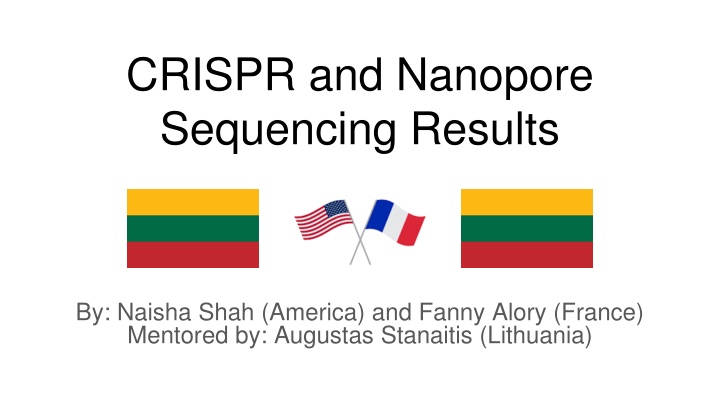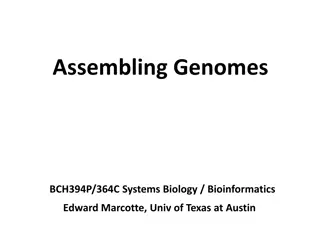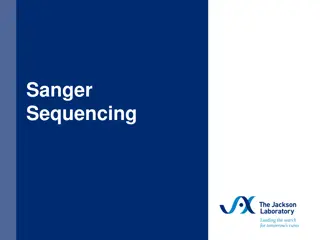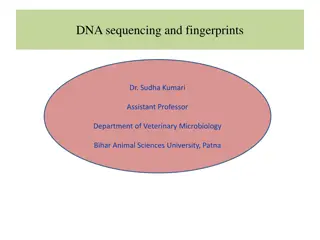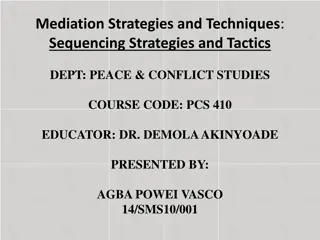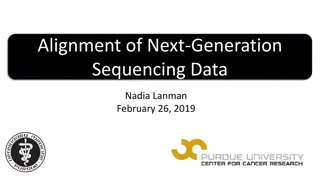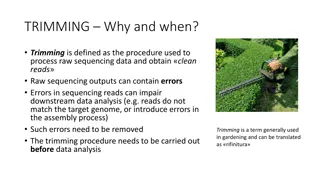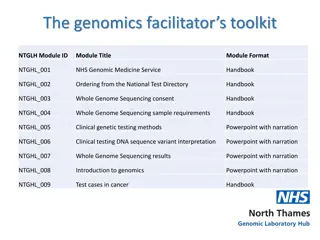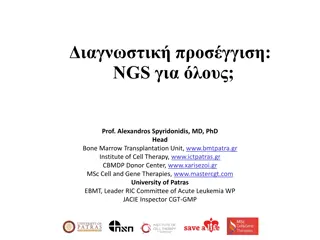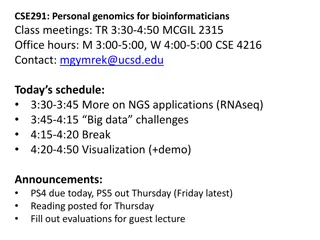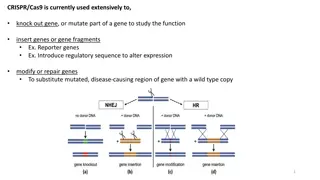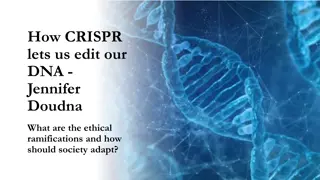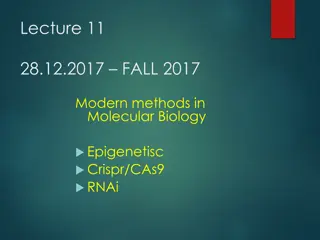CRISPR and Nanopore Sequencing Study Results
Overview of CRISPR/Cas9 experiment results by Naisha Shah (America), Fanny Alory (France), and mentor Augustas Stanaitis (Lithuania). The study covers gRNA synthesis confirmation, plasmid cleavage analysis, and DNA library sequencing using Nanopore technology, highlighting challenges and findings.
Download Presentation

Please find below an Image/Link to download the presentation.
The content on the website is provided AS IS for your information and personal use only. It may not be sold, licensed, or shared on other websites without obtaining consent from the author.If you encounter any issues during the download, it is possible that the publisher has removed the file from their server.
You are allowed to download the files provided on this website for personal or commercial use, subject to the condition that they are used lawfully. All files are the property of their respective owners.
The content on the website is provided AS IS for your information and personal use only. It may not be sold, licensed, or shared on other websites without obtaining consent from the author.
E N D
Presentation Transcript
CRISPR and Nanopore Sequencing Results By: Naisha Shah (America) and Fanny Alory (France) Mentored by: Augustas Stanaitis (Lithuania)
~ Group 6 ~ - Naisha Shah (America) - Fanny Alory (France) - Augustas Stanaitis (Lithuania)
CRISPR/Cas 9 (Step One) gRNA Synthesis - - Wells of interest: 1 and 2 Results: - St0 had no gRNA synthesis because the ice inhibited the activity of RNA Polymerase - St1 hsd gRNA synthesis because it was incubated at 37 degrees celsius, which is the optimal temperature of the enzyme Conclusion: - Due to the presence of the band, gRNA synthesis was confirmed -
CRISPR/Cas 9 (Step Two) Cleavage of Plasmid pBR322 - Wells of interest: 1 and 2 - We placed control 2 in well one and sample 3 in well 2 - Results: - Supercoiled pBR322 (Cas9 - gRNA): moved very little but the DNA was not cut as gRNA was not present - Linearized pBR322 (Cas9 + gRNA): did migrate farther because the DNA was cut due to the presence of gRNA - Conclusion: - Since we see the difference between the two samples, the DNA was cut
CRISPR/Cas 9 (Step Three) DNA Library and Nanopore Sequencing Overview Close up PAM Sequence Target Sequence - Observations/Interpretations: - We only have one DNA strand that was cut at the very end of the strand - Only about 2,000 nucleotides which is half the plasmid we should have - Many errors/uncertainties (colored bars) - Lucky and unlucky at the same time - Explanation: - Sequencing time was too short - Transposase did not denature - Not enough DNA in the sample to begin with - Not mixed well enough
